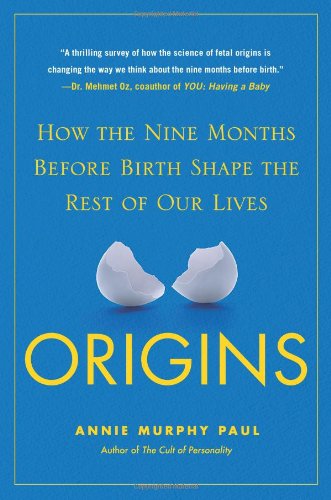The Placenta and Toxicity
“During most of pregnancy, the placenta separating mother and fetus is only one cell thick,” Koren tells me. “But it has an array of mechanisms to help it do its job of protecting the fetus.” These subcellular tools, he explains, include tiny pumps that expel toxins before they can do any damage, immune agents that guard the placenta’s perimeter, and placental enzymes that chemically break down intruding molecules.
This armamentarium does an impressive job of blocking bacteria from reaching the fetus, but it lets other substances sail right through. “The criteria that determine whether a molecule crosses the placenta include its size, its electrical charge, and its solubility,” says Koren. “Not, notice, whether it is harmful or not.” Particles that are small, that are neutrally charged, and that easily dissolve in fat will be waved past the placenta’s layers of security, regardless of their potential toxicity.
Once they do cross the placenta, Koren continues, chemicals can affect fetuses more powerfully than adults, for several reasons: first, the fetus is so small that, pound for pound, it receives a higher relative dose of the chemical than would a person who’s fully grown. Second, the fetus’s detoxification and immune systems are still immature, unable to clear drugs and other chemicals from its system as effectively as the body of an adult. And third, the fetus is developing so rapidly that even a small disruption induced by a chemical can have far-reaching effects.
Notes:
The placenta uses chemical and electrical criteria for filtering out molecules, meaning small fat-soluble molecules, even harmful ones, will pass through.
Folksonomies: pregnancy fetal development placenta
Taxonomies:
/family and parenting/motherhood/pregnancy (0.512962)
/health and fitness/disease (0.137884)
/health and fitness (0.109308)
Keywords:
placenta (0.925718 (negative:-0.409531)), small fat-soluble molecules (0.824371 (neutral:0.000000)), Toxicity The placenta (0.815927 (negative:-0.380347)), higher relative dose (0.728408 (positive:0.375910)), fetus (0.708033 (positive:0.140469)), harmful ones (0.628340 (negative:-0.482847)), placental enzymes (0.613720 (negative:-0.672214)), subcellular tools (0.612204 (neutral:0.000000)), electrical criteria (0.607692 (negative:-0.380347)), immune agents (0.604722 (negative:-0.403814)), tiny pumps (0.599463 (negative:-0.510454)), far-reaching effects (0.594489 (negative:-0.586695)), potential toxicity (0.590646 (negative:-0.509807)), impressive job (0.589084 (positive:0.614355)), Koren (0.581048 (negative:-0.278232)), immune systems (0.580524 (negative:-0.591653)), electrical charge (0.579470 (neutral:0.000000)), small disruption (0.573923 (negative:-0.586695)), clear drugs (0.571150 (negative:-0.530235)), pound (0.478103 (neutral:0.000000)), chemicals (0.462629 (negative:-0.473331)), chemical (0.461576 (negative:-0.483521)), armamentarium (0.457655 (positive:0.614355)), fetuses (0.449957 (negative:-0.416427)), solubility (0.448774 (neutral:0.000000)), toxins (0.444195 (negative:-0.510454)), perimeter (0.443899 (negative:-0.403814)), substances (0.440167 (positive:0.463220)), layers (0.439574 (neutral:0.000000)), detoxification (0.439171 (negative:-0.591653))
Entities:
Koren:Person (0.858184 (negative:-0.278232)), immune systems:FieldTerminology (0.411616 (negative:-0.591653))
Concepts:
Molecule (0.947898): dbpedia | freebase | opencyc
Chemistry (0.935596): dbpedia | freebase | opencyc
Electric charge (0.912993): dbpedia | freebase | opencyc
Chemical substance (0.851725): dbpedia | freebase | opencyc
Placenta (0.821392): dbpedia | freebase | opencyc
Atom (0.703134): dbpedia | freebase | opencyc
Fetus (0.663839): dbpedia | freebase | opencyc
Chemical compound (0.618128): dbpedia | freebase





